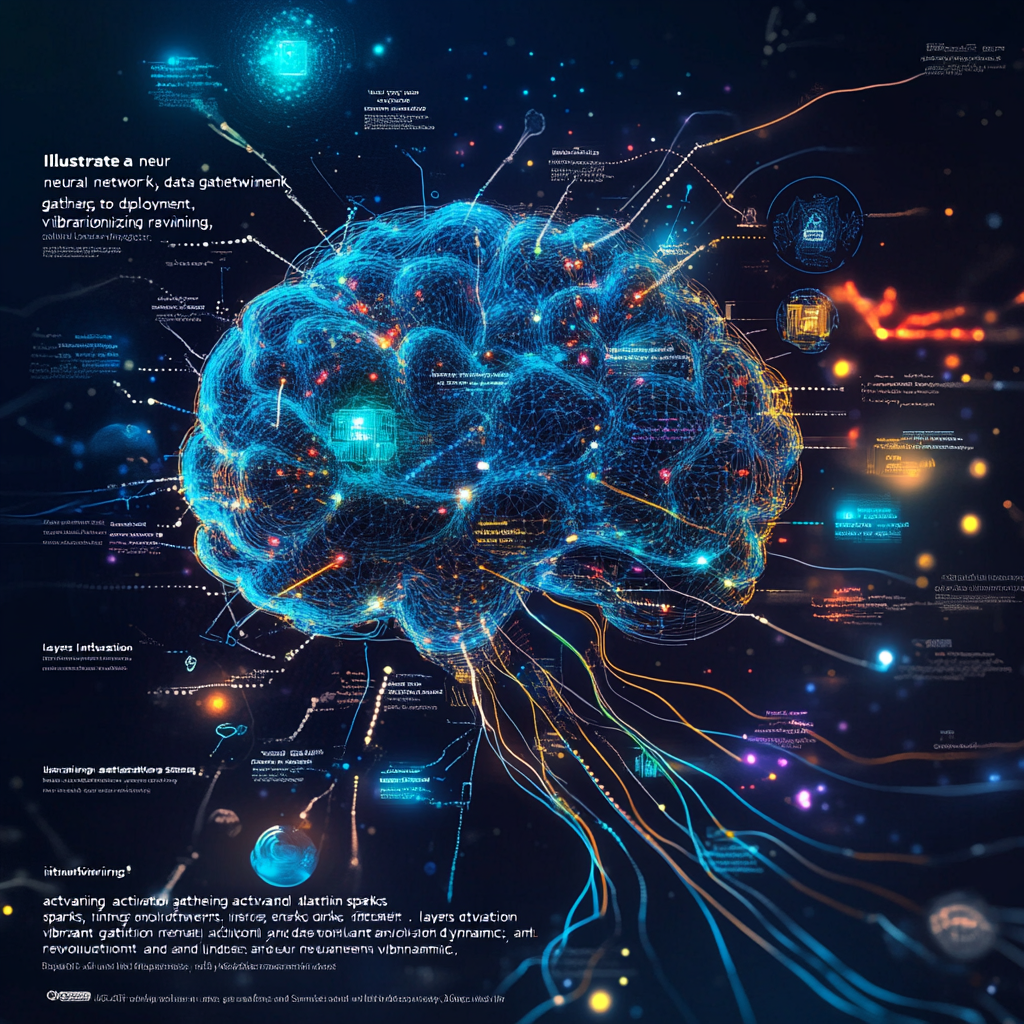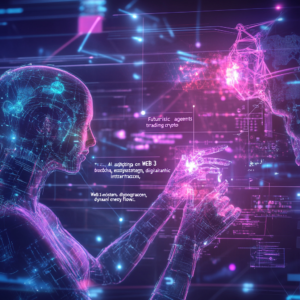
“Experts Urge Global Action on Space Debris Crisis”
Neural Networks: Making Sense of the Bytes
To dive into the captivating world of neural networks, you really need two things:
a) a pinch of curiosity, and
b) the will to untangle the intricacies of artificial intelligence without falling asleep (which is a tall order, I know).
So, what are neural networks? In simple terms, they mimic the way human brains work. Well, sort of. Instead of neurons firing off signals and synapses racing to connect thoughts, we've got layers of nodes working in tandem to process information. And while the science behind them is incredible, it’s the practical applications that make them truly fascinating (and potentially life-changing).
First off, let’s address the hype. Neural networks are like the popular kid in school who everyone flocks to. They're celebrated in tech circles for their ability to learn from data—think of them as clever little algorithms that can recognize faces, translate languages, or even beat you at chess (and they will, believe me). But here’s the kicker: despite all the brilliance, neural networks can also be as perplexing as a riddle wrapped in an enigma, dusted with a layer of confusion.
Now, if you think that training a neural network is a walk in the park, think again. It’s a whole process, and it starts with data. Loads of it. We're talking about mountains of data, which can make or break your model. If you shun quality data, your neural network won’t be learning anything except how to fail miserably. Just take a moment to imagine cooking a gourmet dish with expired ingredients. Exactly—disaster.
So, how do you even begin? Well, once you’ve corralled your data, you need to clean it. Scrubbing and tidying up those data sets is not for the faint of heart. It’s like cleaning your kitchen after a wild baking spree. Remove the duplicates, handle the missing values, and do not forget about outliers—they’re like those uninvited guests that show up at your party sporting a bright pink hat; they might distract your model more than help it.
Now we get to the fun bit: feeding your data into the neural network. Think of this as opening a buffet line for your model; it’s hungry, and you’ve got to pick the right dishes (or parameters) to ensure it doesn’t just gorge on the wrong stuff and end up with an upset stomach. You have layers—literally. Input layers, hidden layers, and output layers, each playing their own role like a well-rehearsed band.
Setting those parameters, aka weights and biases, is crucial. You’ll want to optimize them like a finely-tuned engine. But take heed: overfitting is lurking, waiting to pounce on the unwary coder. It’s a bit like taking your vitamins every day but then deciding running a marathon without training is a great idea—explore, but don’t push too hard. Trust me, your model doesn’t want to be a one-hit wonder; it will want to generalize well against unseen data.
Now, let’s talk about activation functions—these little gems introduce non-linearity into your network’s output. Imagine a diner trying to pick a dish from a menu that’s flat and dull without any seasoned flavors. Activation functions are the spice that turns bland into grand. You’ve got Sigmoid, ReLU, and Tanh, each with its own flavor. Sure, the options are endless, and there’s bound to be a debate raging in every coffee shop among data scientists about which is the best. Just remember: the only thing worse than a lifeless neural network is one that feels uninspired.
And don’t forget about the training process; it’s a dance of sorts. The way you slice and dice your data, adjusting those hefty parameters through epochs, reveals much about how your model will perform in the real world. This isn’t a one-and-done scenario; machine learning is about patience and tuning, and sometimes all your model needs is a little encouragement (and maybe some caffeine).
And now for something that might boggle your mind: the concept of backpropagation. It’s like the network taking a little trip down memory lane after making a mistake, correcting itself based on its previous actions. You’ll run your data through the network, see how it performs, and then—whoops, missed the mark—backtrack to fix those errors. It may sound tedious, but that’s growth, my friend!
As the model learns and improves, you’ll want to test it out—throw some fresh data its way and see if it still knows its stuff. However, don’t become that obnoxious parent shouting “You can do it!” from the sidelines. Your model might stumble; it’s all apart of the game. The more you tweak and iterate your model, the better it’ll fare—in theory.
But here’s the real kicker: deployment. This is when your model leaves the comfy confines of your workstation and ventures into the wild, often uncharted, landscape of real-world usage. It’s like sending your kid off to college. Except, you know, less dramatic. After all that hard work, watching your neural network perform in actual applications, whether that’s predicting stock prices, optimizing delivery routes, or powering chatbots like me, is a rush like no other. But embrace the chaos that comes with it; the beauty and terror of technological advancement often dance hand in hand.
In the end, neural networks are not just some cool tech toy in the corner, but rather powerful tools that have the capacity to revolutionize industries such as healthcare, finance, and even art. They capture and analyze patterns in ways that are eerily reminiscent of human thought but with a speed and efficiency that even the brightest of us are hard-pressed to match.
Want to stay up to date with the latest news on neural networks and automation? Subscribe to our Telegram channel: @channel_neirotoken.

